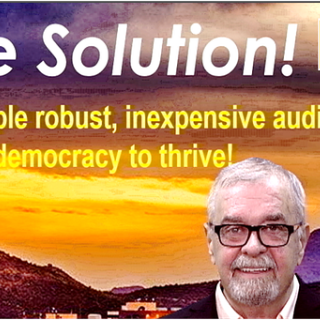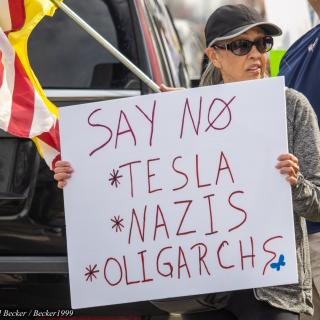Over a hundred concentration camps now colonize Ohio’s landscape including a federal prison, 87 county jails, 25 state-funded adult prisons, three privately-operated adult prisons, seven juvenile prisons and five Immigration Custom and Enforcement cages. According to the Prison Policy Initiative, “...every state in this country is more likely to incarcerate its residents than almost every nation on this planet.” Ohio’s incarceration rate is greater than the incarceration rates of Cuba, Russia, Iran, Venezuela, Vietnam, Zimbabwe, Iraq, China, Haiti, Libya, Afghanistan, Syria, or Pakistan. The State of Ohio has approximately 262,000 people on probation/parole, 50,257 adult prison inmates (ODRC, Sept 2017) an estimated 18,190 jail inmates and 505 juvenile inmates. Its adult prison population is superseded only by Pennsylvania (50,580), New York (50,864), Georgia (54,353), Florida (99,119), California (131,436), Texas (147,053) and the Federal government (196,500).
One of the most prominent explanations for putting people into cages is crime. However, the myth that prisons reduce crime rates has been thoroughly debunked. Some counter-explanations insist that prison expansion is either a generalized reactionary response to the spontaneous/organized mass rebellions of the 1960’s and/or a manifestation of globalization, neoliberalism and racial capitalism -- the dominant economic system of our time.
One of the consequences of racial capitalism is it produces an economic crisis every 4-7 years in the form of a recession. These recessions are characterized by high numbers of people without jobs. During the 1973-7 recession, the ruling class sought to recoup post-WWII profits by intensifying its war against the working class. Their attack against the wage scale was directed at the most vulnerable workers and since Black people are the first to be fired and last to be hired, the deproletarianized and precarious portions of the Black working class were warehoused inside of prisons. After decades of prison expansion, we are left with an economic system that does not work for the masses of people. Millions of consumers struggling to make ends meet are saddled with mortgage, student loan and credit card debts. In Ohio, an astounding 63% of Black households don’t have enough income for basic necessities like child care, food, health care, housing and transportation. As a result, Blacks have the lowest median annual incomes prior to incarceration. Once in prison, this economic crisis worsens. According to Sean Swain, “the vast majority of Ohio’s prison population are functionally unemployed..” and those with work assignments only make $19-$23 per month. “This creates a desperate pool of prisoners willing to slave away at Ohio Penal Industries.. [for] a maximum of about $90 per month and lungs full of rubber dust.. One of the factories is at Mansfield producing parts for Honda’s cars. . Honda pays minimum wage for each worker, the State of Ohio collects that and gives each worker pennies per hour.”
The crisis of incarceration prompted the emergence of new movements that challenge the prison-industrial complex. Last year, inmates across the nation participated in the largest prison strike in U.S. history. The Free Ohio Movement emerged to demand the abolition of prison slavery. Southerners on New Ground re-invigorated the struggle to close jails, end pre-trial incarceration and end cash bail with the National Black Mother’s Day Bailout. Other non-reformist programs that support the revolutionary agency of prisoners and other dispossessed people in legitimate struggles for self-determination rely on community support. For volunteer opportunities please email: OhioGreenPartyBlackCaucus@gmail.com.



